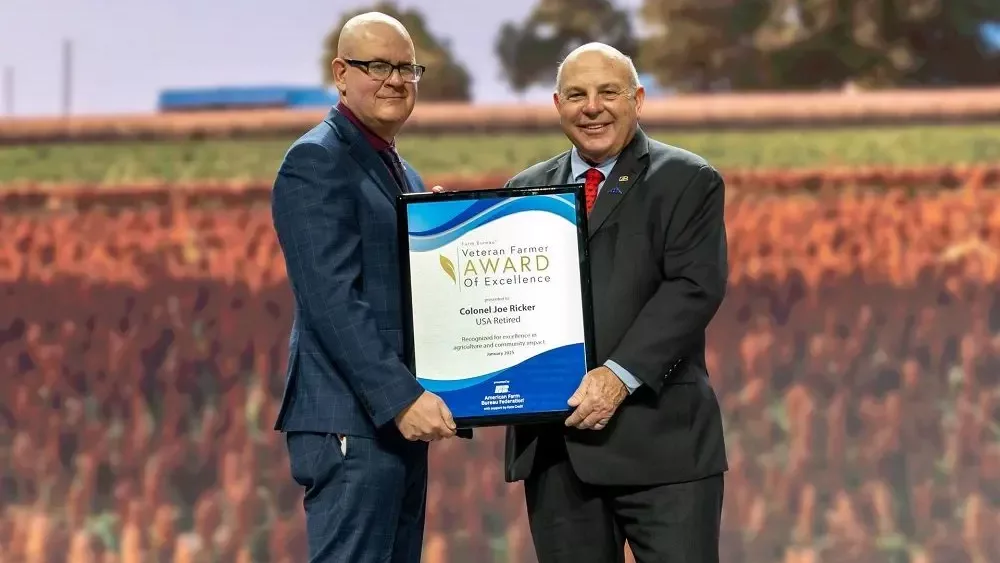
The Michigan Corn Growers kicked off its “Coffee with Corn” series this week with a presentation from Dr. Marty Chilvers of MSU Extension on tar spot management trials.
The fungus was confirmed in 30 Michigan counties this year. A dry July and August helped curb an increase in numbers in a lot of places.
“If we have a lot of rainfall events in 2021, we will see more of this disease because leaf wetness is really important for the fungus,” he said. “It needs that moisture to germinate its spores, infect the plant, and release more spores. Whenever we get rainfall or if we irrigate, that increases our chances of seeing the disease.”
At one of their farm trials in Van Buren County, they discovered tar spot on July 17. They used different hybrids from seed companies and found that more tar spot meant lower yields.
“We’re seeing that tar spot predicted about 30 percent of final yield,” said Chilvers. “There’s a lot of other factors—is this hybrid suited to the sandy ground—that go into yield. The amount of disease influenced yield by 30 percent, which is pretty significant.”
Hybrid selection isn’t the only important decision growers should make when managing tar spot. Chilvers added that timing fungicide applications will be the best management practice. His research was done using Trivapro on the ear leaf.
“What we’re trying to do is figure out when is the best time to spray, and it’s going to change from year to year depending on how much tar spot pressure there is,” said Chilvers. “Essentially, what we saw was the most amount of disease developed on the untreated V8, V11 and R1 fungicide timing. The next lowest were R2 and R3 fungicide timing, and after that V8 plus R1.”
To watch Chilvers’ full presentation, click here.





